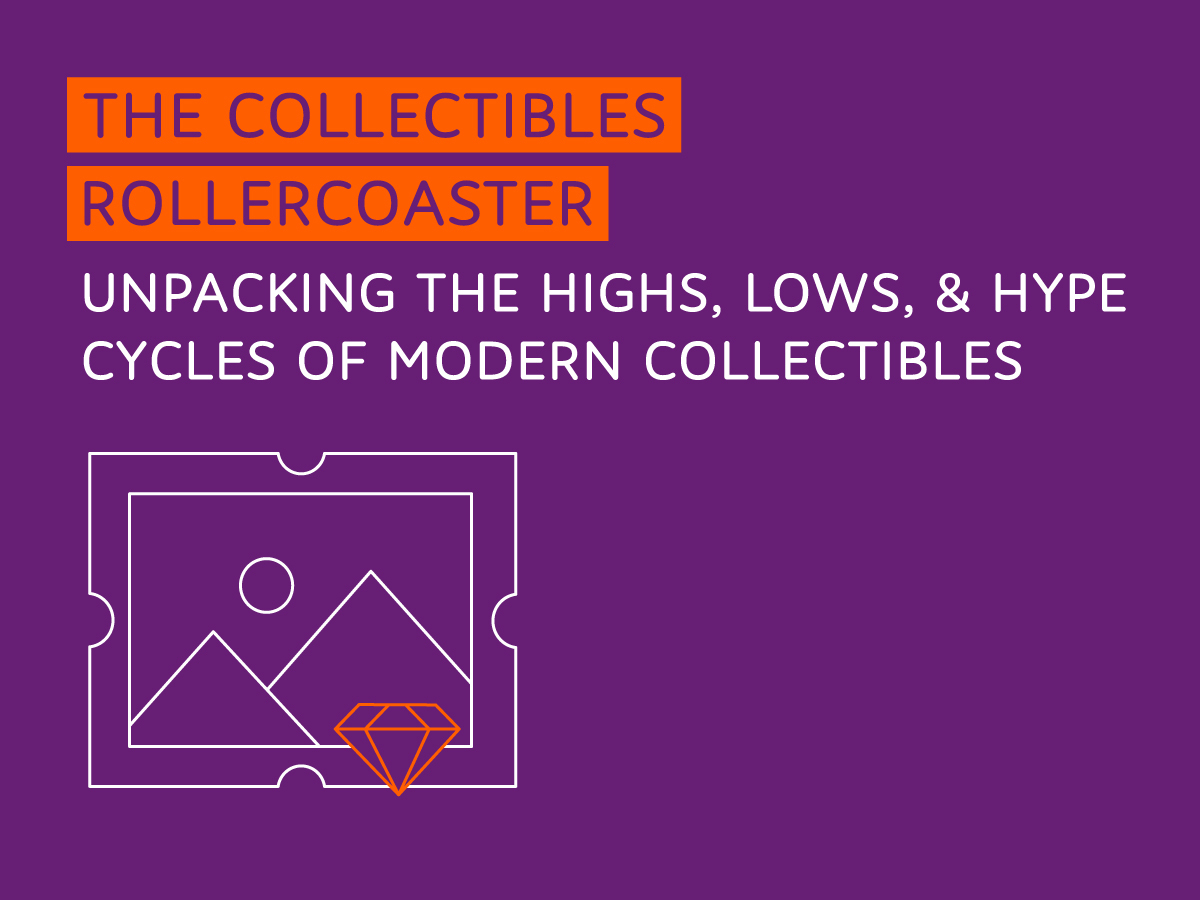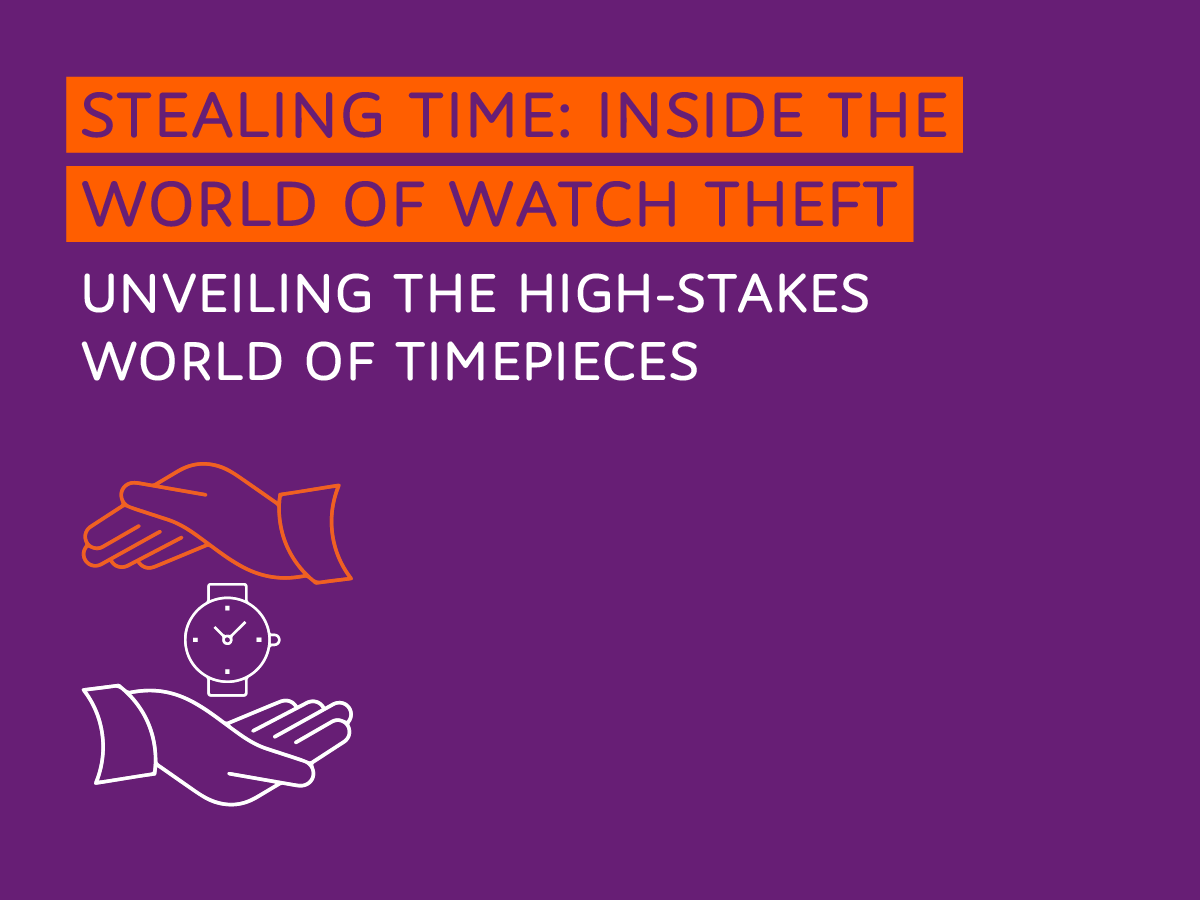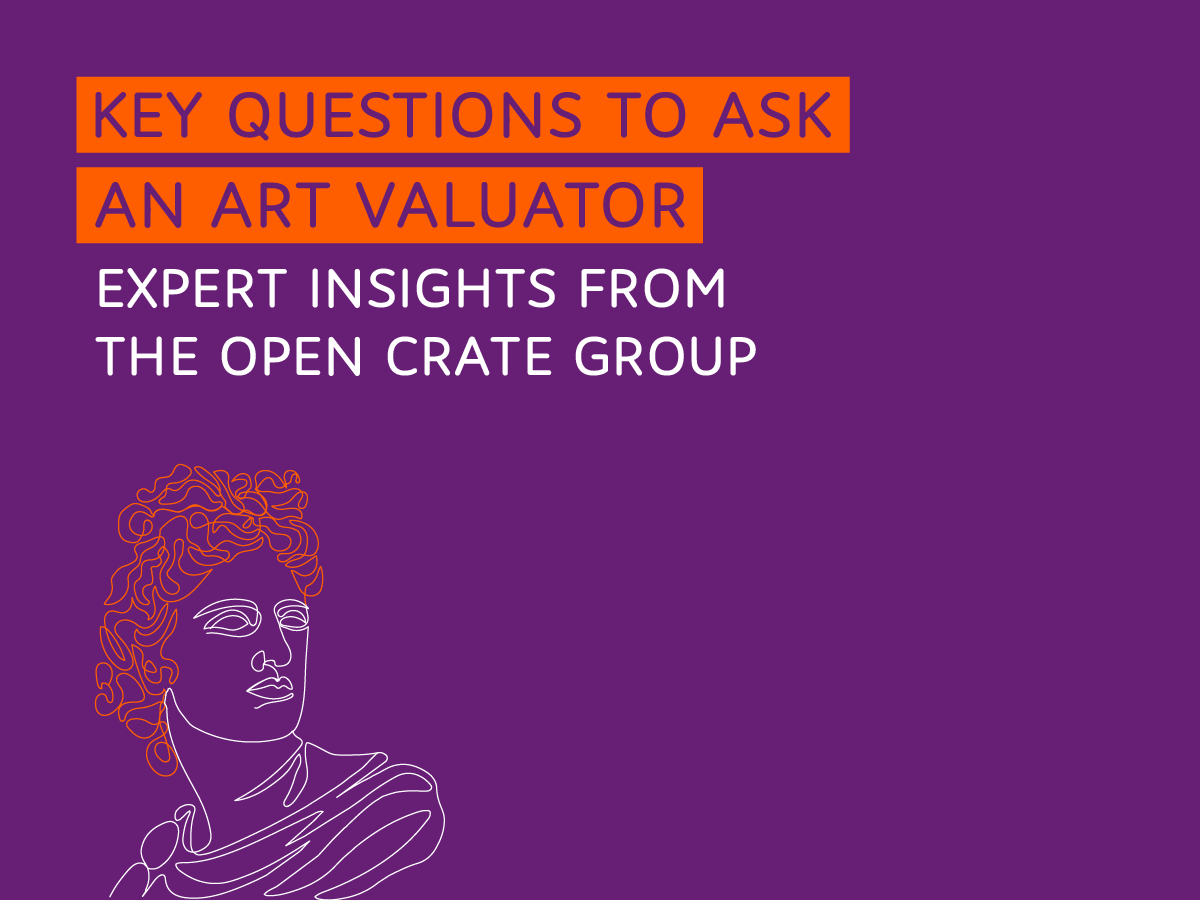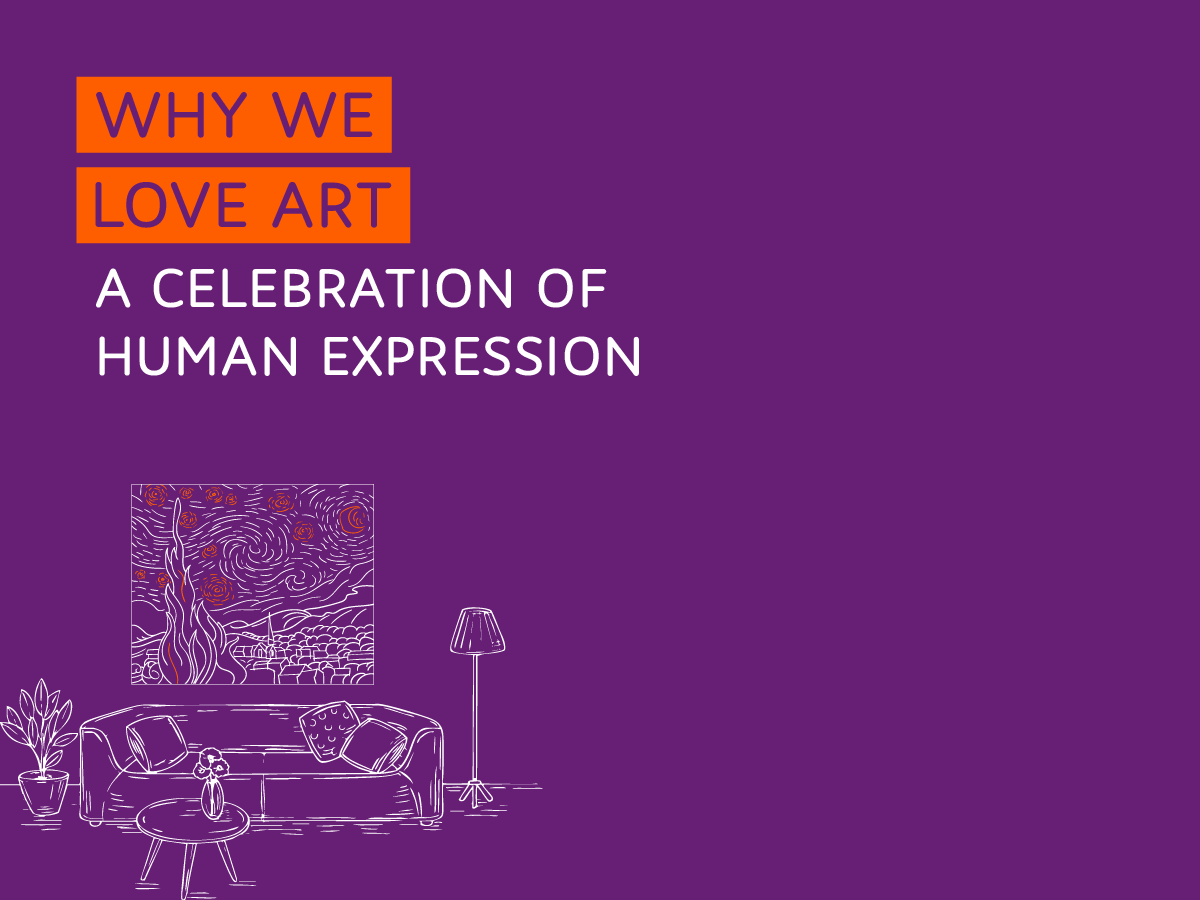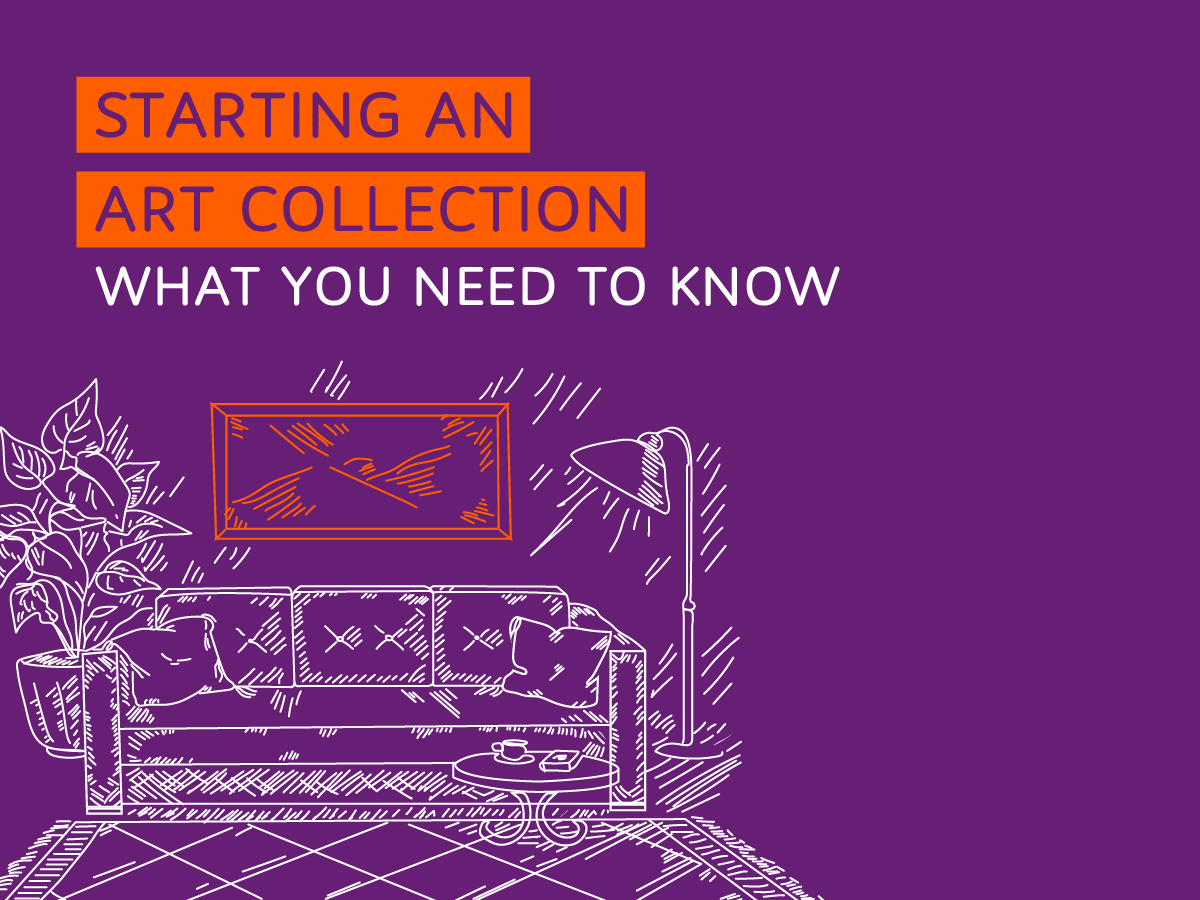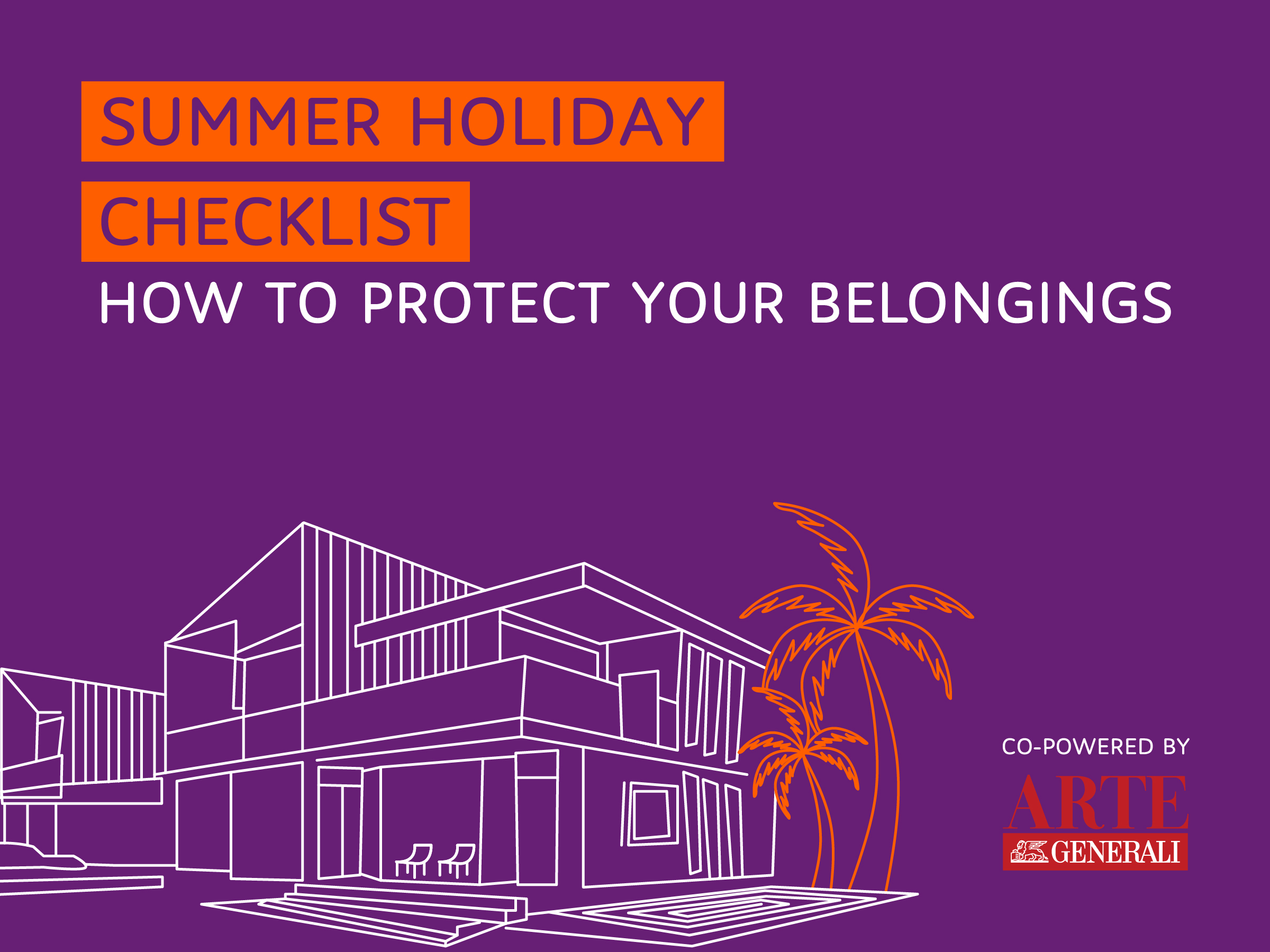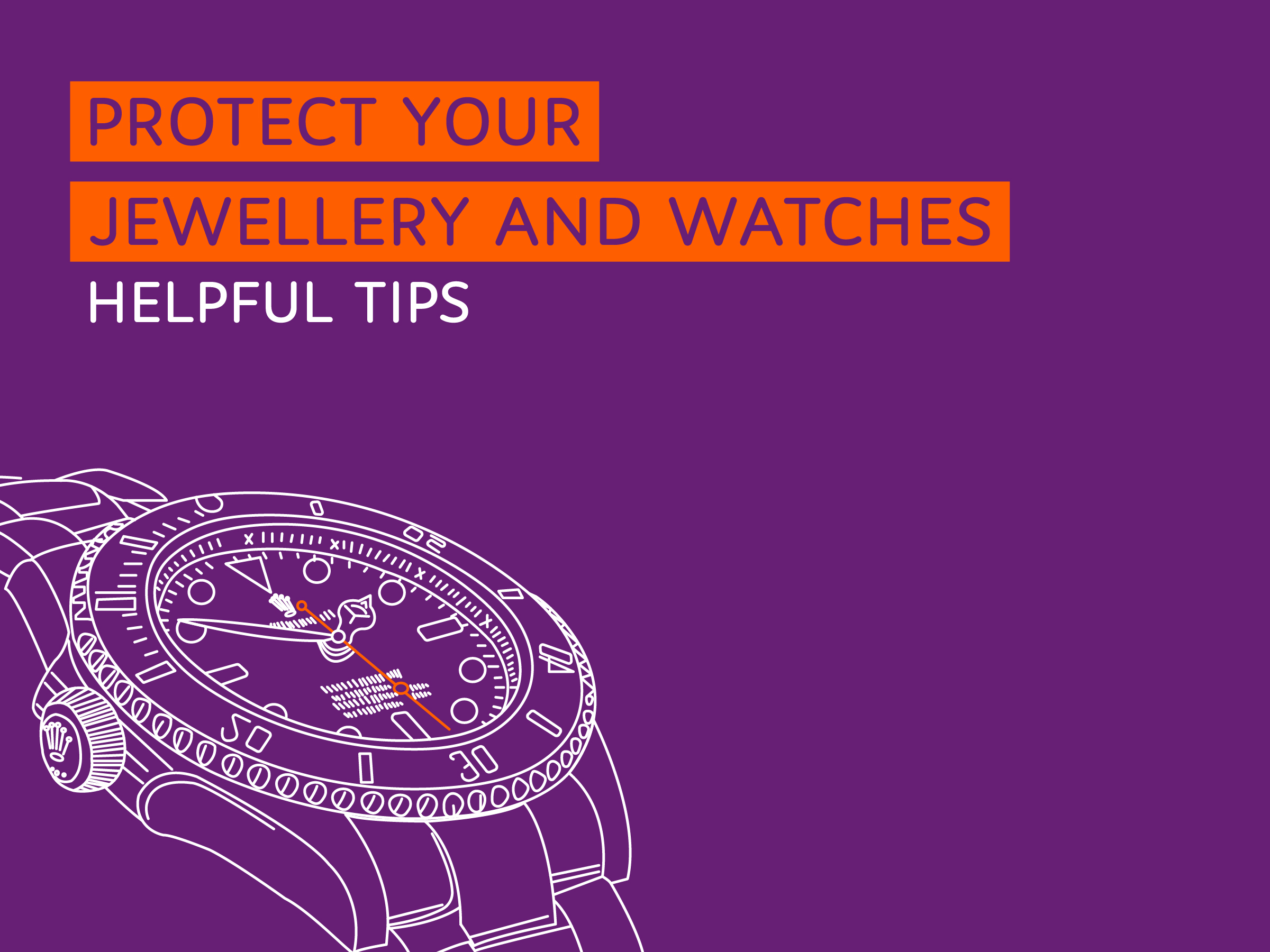Posted on April 30, 2025
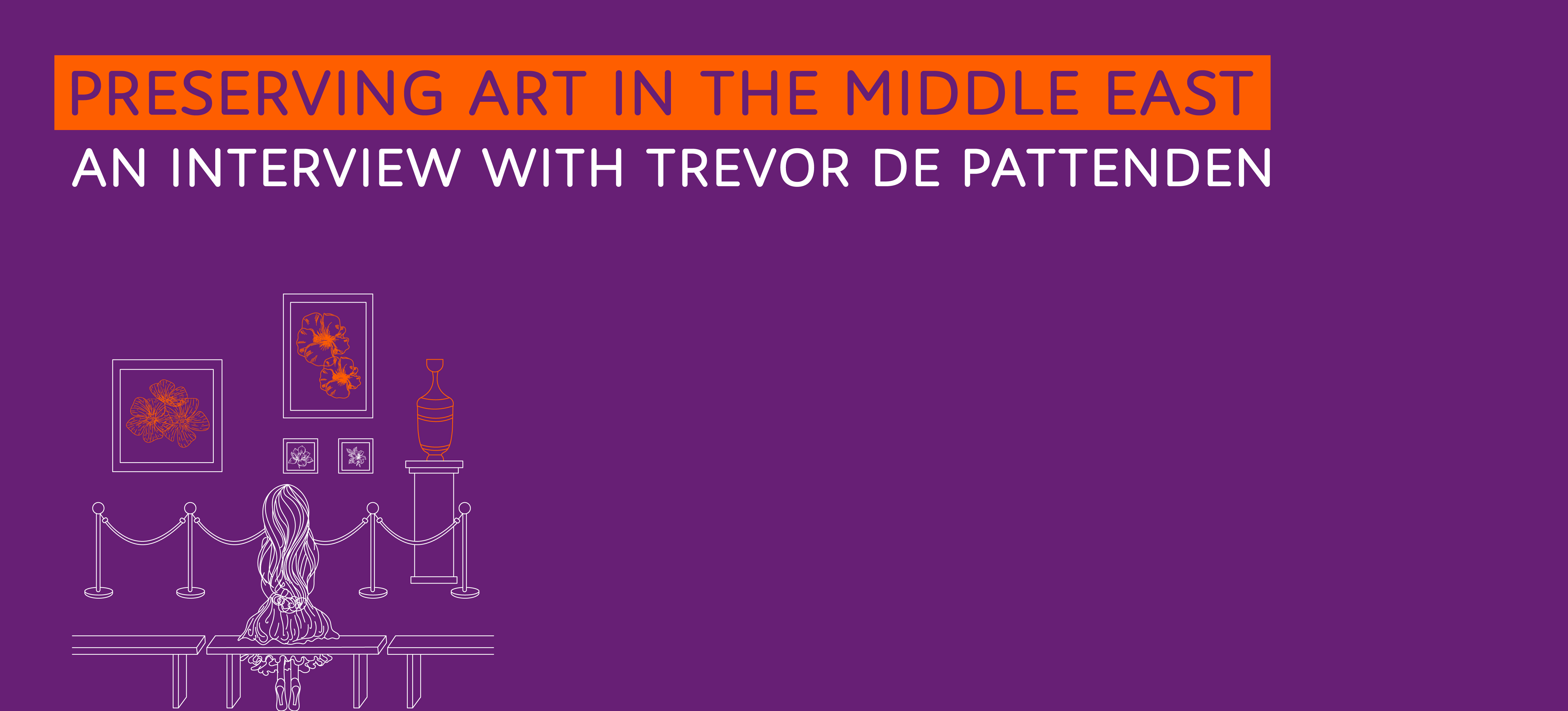
Trevor De Pattenden, founder of De Pattenden Fine Art Brokerage and Fine Art Services, has been a pivotal figure in the UAE’s art scene for 35 years. A graduate of the London School of Art and Design where he extensively studied art history and museum procedures, he established his company soon after moving to the UAE.
Registered with both Christie’s and Sotheby’s, Trevor has collaborated with museums, insurance companies and various other entities over the years, allowing him to become an authority on various matters of art preservation, including condition reports and assessment of damaged artworks. Amazingly, he’s among the very few art specialists in the region to hold such valuable expertise.
Trevor and Hana Refai, Head of Privilege Club, have known each other for roughly a decade and worked together on various projects, including valuations, restoration of damaged artworks, and condition reports for insured artworks. This article offers an account of their recent discussion on art preservation in the Middle East, including the unique challenges faced in the process, the role of technology, and the importance of educating art collectors and considering art insurance.
The challenges of preserving art in the Middle East
Hana: “What are the unique challenges of preserving art in the Middle East, considering the climate, political factors, and cultural sensitivities?”
Trevor: “Here in the Middle East, we come across many environmental conditions, including the conditions prevalent inside buildings, which can be challenging to deal with when it comes to preserving artworks. Air conditioning systems, for instance, aren’t desirable for artwork as they dry out the air and negatively affect the materials used in each artwork. Heat poses another challenge. Worst of all is probably humidity. It not only occurs outside the building but can occur inside as well if ACs break down. and that can lead to even more problems.”
Art preservation amidst environmental challenges
Hana: “How do museums and cultural institutions in the Middle East address these challenges?”
Trevor: “They will probably have environment control systems in place along with backup power systems, so if electricity breaks down, generators are there to immediately restore and maintain the original conditions. They have sensors in place that monitor levels of humidity and temperature so these can be controlled by a range of thermostats creating a protected environment for artworks.
The problem is that these do not exist in private residences. There will be air conditioning but if it’s not properly serviced, the filters won’t be clean resulting in the AC units throwing out dirt, grease and chemicals that aren’t good for the surfaces of artwork, especially artwork that is not under glass. So, if you have an oil on canvas that isn’t under glass, it will be susceptible to damage.
If artworks are placed close to a window without UV protection, the pigments will be susceptible to the UV rays from the sun. There is also a second UV wavelength can compromise the integrity of certain bonding agents. Also, UV rays can be emitted from light bulbs with specifications incompatible with the conditions necessary to protect artwork. Most people use LED now, but these still need to be UV screened. Halogen lights are still used which are very damaging as they give off a significant amount of heat. Artworks such as sculptures that are placed outside, if they aren’t UV protected, the colour or material will fade.
If you have bought an artwork, it would be advisable to consult an art specialist to assist you in deciding where the best place is to display and preserve it.”
Educating communities in art conservation
Hana: “What kind of role do local communities and traditional knowledge play in art conservation efforts?”
Trevor: “I think it’s fair to say that artwork like paintings weren’t widely available in the region in the past, so conservation issues weren’t relevant before. It was only with Dubai’s growth as a major city and the influx of people coming to live here that artwork became commonplace, becoming exposed to the problems that come with its preservation. In terms of how traditional knowledge plays a part in this, this is where we need to educate people in some respects, letting them know that if they are going to buy artwork for any reason, be it pleasure or investment, it is crucial to understand that there are conservation issues that need to be looked at and addressed properly. The older generation isn’t aware of this much as the younger generation, which is more clued up on this because a lot of them have become collectors. But it’s still possible to educate all owners. How this can be done could be in various ways, at point of sale, for example, or when an individual purchases art insurance, it could come with advice on the conservation and preservation of artwork.”
Modern technology and art conservation
Hana: “How is the use of modern technology such as climate control systems, digital documentation, and advanced materials, impacting art conservation in the region?”
Trevor: “Modern technology is essential; it is extremely important. Without it, how do you look after a valuable painting or a very old painting which is probably not in great condition due to its age. The only way you can conserve and preserve that going forward is if you use modern art preservation technology like environmental control systems.
Digital documentation is very important for artwork owners at the time of purchase. Normally, it will come in the form of a hard copy, like a receipt or a letter of ownership from the gallery or art dealer. This should be backed up as a digital copy because the value of your piece is determined by its worth specified on the paperwork that comes with it. If you cannot prove that it is a Picasso, then it’s worth nothing. People don’t always understand that with modern technology, one can preserve its value. Also, moving artworks in and out of certain countries now is impossible if you don’t have proof of ownership or value.”
The ethics of repatriating cultural artifacts
Hana: “What are the ethical considerations and best practices for the repatriation of cultural artifacts to the Middle East?”
Trevor: “The best practice if something has been removed illegally – like a piece of ephemera or something which is very old and valuable due to its social connections to the heritage – my personal view is that it should be returned to its rightful owner.
However, history has shown that a lot of pieces have been taken and kept under the guise of protection. If you consider the amount of destruction, for example that was caused in Iraq, so much of the valuable heritage was destroyed, so there is an argument that if we have a piece, we keep it in whichever country it originates from as long as it is protected and not destroyed by people who are intent on erasing the significance of the cultural artifact. When items are lent on contract, then once the contract expires, they are handed back. But taking items through illegal trade must be stamped out.”
Closing thoughts
Trevor De Pattenden’s insights reveal a world of challenges lurking beneath the surface of art collecting in the Middle East. From the harsh climate to the intricacies of documentation, preserving art here requires a blend of education, technology, and expertise. For collectors and institutions alike, taking the right steps now like digitising documentation, investing in environment control systems, and insuring the artwork will ensure that these cultural treasures survive and thrive for generations to come.



